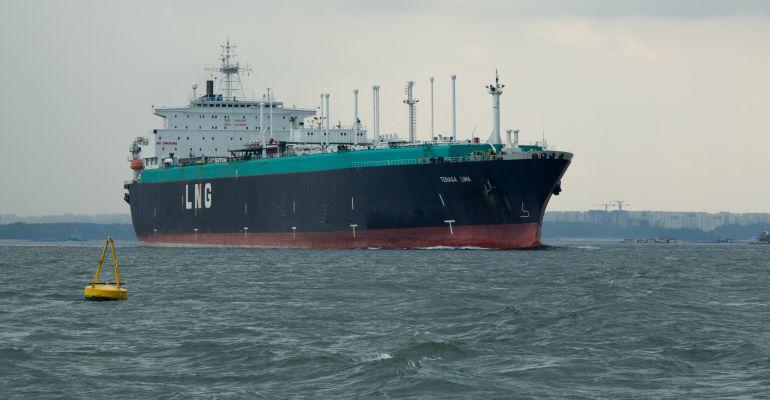The firm’s statistics recorded 64 LNG carriers navigating through the Gulf of Aden and Suez Canal during January and February 2023. In the same period this year, the number had fallen to just seven.
In the reverse direction, 59 vessels took the Suez/Gulf of Aden route during the first two months of 2023. This year, only 12 made the same voyage.
On voyages around the Cape, MIS Marine recorded 180 LNG carriers making the trip this year, up from 38 in the same period last year. More ships were required because of the longer voyage and MIS Marine also noted higher speeds to meet contractual delivery commitments.
In further analysis, the firm identified an increase in the average speed of vessels on voyages between the Middle East ports and terminals in Europe via the Red Sea during January and February, up from 13.5 knots last year to 15.75 knots, an increase of 16.75%. The increase in speed, which may be due to increased tonne-mile demand for LNG transport, will have a negative impact on CII ratings.
The MIS Marine analysts then calculated specific CII values (the numeric value behind the letter grade) for each voyage from Middle East ports to Europe. They then assessed what the letter grade would be if the vessel sailed between the same two ports but round the Cape instead, using the 16.75% speed increase. The CII numeric value came out 29% higher. The increased voyage time and higher fuel consumption would have a further negative impact on a vessel’s annual CII rating, the analysts concluded.
Experts have warned that many LNG carriers will inevitably have poor CII ratings that are likely to fall further in the months ahead. They expect many gas carriers to fall into categories D and E, citing ships powered by thirsty old steam turbine units as particularly vulnerable.
Owners of ships in these grades will have to make moves to raise their efficiency, either immediately (E) or within the nest three years (D). Furthermore, from January 2026, methane emissions will be included in the carbon efficiency rating system.
Nevertheless, LNG is playing a pivotal role in assuring at least some energy security since Russia’s invasion of Ukraine. As the cleanest hydrocarbon fuel at scale, it is also seen by some as an essential source of power in the global energy transition process. Meanwhile, longer voyages and new routes – from the US to Europe, for example – have spurred a record contracting spree, with close to 300 LNG carriers now on order.
Copyright © 2024. All rights reserved. Seatrade, a trading name of Informa Markets (UK) Limited.
Add Seatrade Maritime News to your Google News feed.  |

